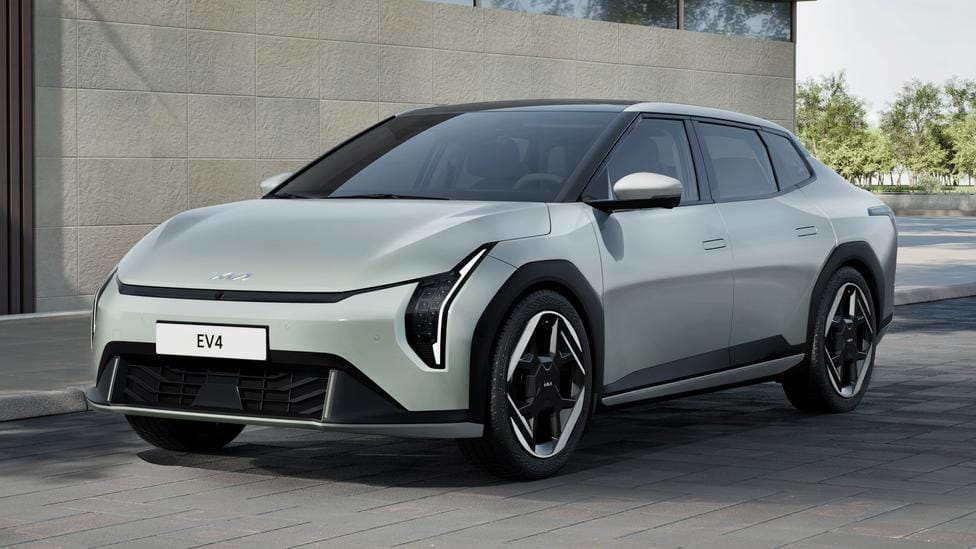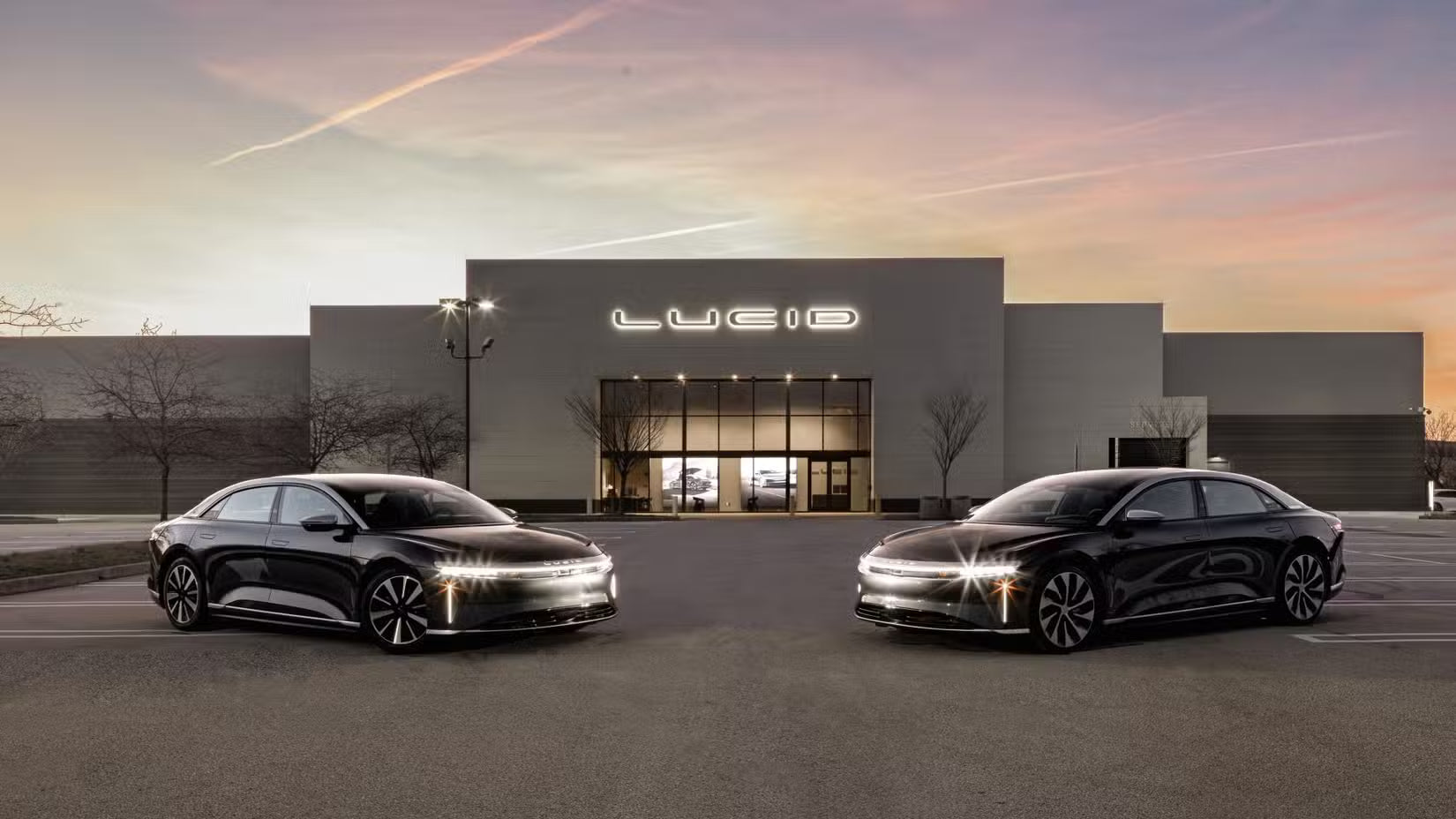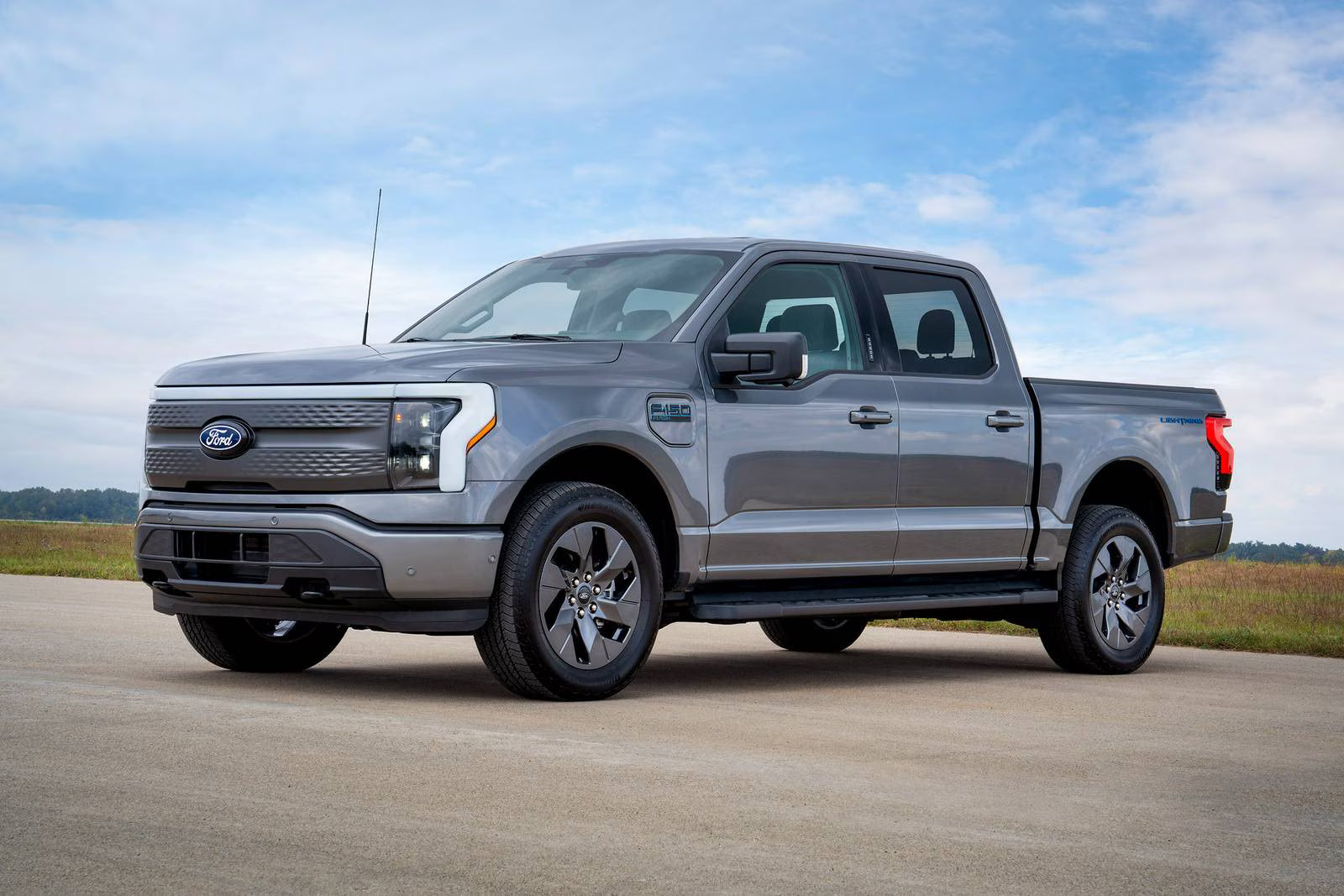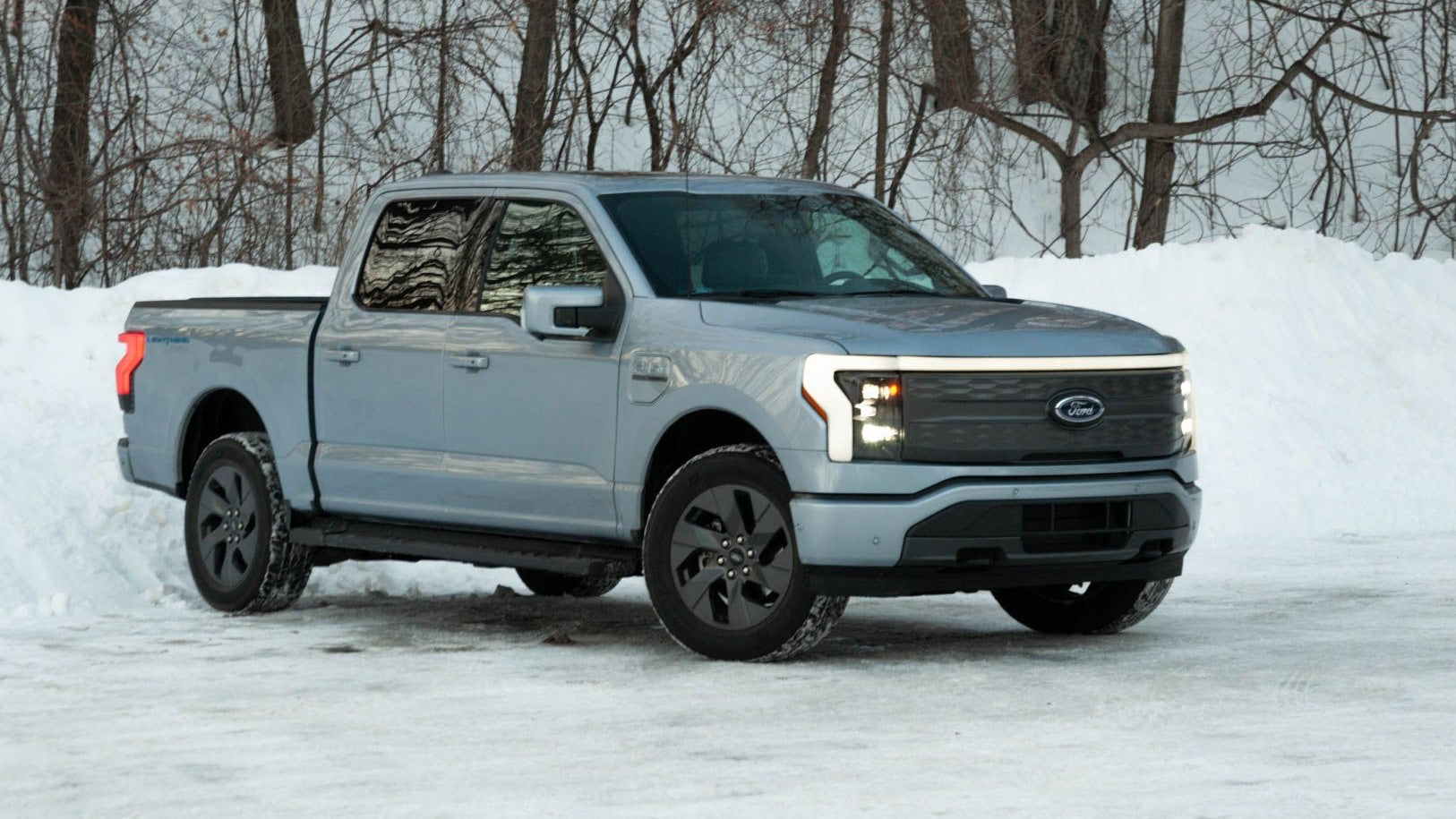Introduction : Pourquoi la durabilité est importante dans les véhicules électriques
Avec la popularité croissante des véhicules électriques (VE), une question se pose souvent : la batterie durera-t-elle ? Robustesse et endurance en conditions réelles deviennent des arguments de vente essentiels, et Kia mise sur la durabilité. Son nouveau véhicule électrique compact, le Kia EV4 , a subi un test impitoyable de 10 000 km sur le légendaire Nürburgring, dans le cadre d'un test plus vaste et plus exigeant de 110 000 km .
Résultat ? Un niveau de batterie encore impressionnant de 95 % , même après des cycles répétés de conduite intense et de surcharge. Pour les consommateurs, c'est synonyme de tranquillité d'esprit. Mais comment Kia a-t-elle réussi à obtenir ce résultat et que signifient réellement ces chiffres ? Ce blogue vous explique tout.
1. Campagne de durabilité de 68 000 miles de Kia : placer la barre très haut
Kia a conçu l'un des programmes d'essais les plus ambitieux du segment des véhicules électriques compacts. Ce programme comprenait :
-
6 200 miles sur la Nürburgring Nordschleife , poussant chaque système thermique, mécanique et de batterie au-delà d'une utilisation normale.
-
68 000 miles au total à travers l'Europe, des routes alpines glacées aux autoroutes et aux rues urbaines.
-
Séances d'hypercharge répétées : alternance entre cycles de charge rapide à courant élevé et conduite agressive sur piste.
L'objectif n'était pas d'établir des records au tour, mais de « continuer jusqu'à ce que quelque chose casse », en s'assurant que chaque sous-système soit poussé à ses limites.

2. Nürburgring : pas seulement pour la performance, mais pour la persévérance
Le célèbre circuit du Nürburgring n'est pas seulement synonyme de chronos exceptionnels : c'est l'un des environnements les plus exigeants pour les voitures. Les ingénieurs ont conduit l'EV4 tour après tour à 90-95 % de sa puissance maximale , ne s'arrêtant que pour surcharger. Chaque cycle de charge exposait la batterie à une chaleur et à des contraintes extrêmes, des conditions connues pour contribuer fortement à la dégradation des autres véhicules électriques. Pourtant, l'EV4 en est ressortie avec une batterie intacte à 95 % .
Pourquoi est-ce important ? Les garanties et les spécifications destinées aux consommateurs s'appuient souvent sur des données de laboratoire. Ces résultats concrets confèrent aux performances réelles une crédibilité accrue.
3. Des résultats impressionnants : 95 % d'autonomie de la batterie et 70 % de garantie
Après 109 000 kilomètres d'efforts, dont les épreuves du Nürburgring, la batterie de l'EV4 n'a affiché qu'une dégradation de 5 % . C'est exceptionnel sur le marché actuel des véhicules électriques.
Pour renforcer la confiance, Kia propose désormais une garantie de 160 000 km (50 000 miles) ou de 8 ans (70 %) de capacité . Concrètement, Kia affirme une durabilité en conditions réelles, validée par des tests rigoureux, et non par des simulations. Cela renforce la confiance des acheteurs de véhicules électriques soucieux de l'autonomie à long terme et de la durée de vie de la batterie.

4. Pourquoi c'est important : la durabilité comme facteur de différenciation
La plupart des médias parlent des caractéristiques des véhicules électriques : autonomie maximale, accélération ou vitesse de recharge. Mais pour l'acheteur moyen, ce sont la fiabilité et la longévité qui comptent le plus.
L'EV4 n'est pas un modèle haut de gamme au prix élevé : c'est la première berline compacte entièrement électrique de Kia (et une berline à hayon en Europe). Elle s'adresse aux conducteurs de tous les jours en quête de rapport qualité-prix et de robustesse. En publiant les résultats de tests rigoureux, Kia place la durabilité au cœur de ses valeurs.
5. Sous le capot : caractéristiques et détails de charge
La plateforme EV4 offre des spécifications qui correspondent à sa marque de durabilité :
| Spécification | Base EV4 (États-Unis) | EV4 Top Trim (États-Unis) | EV4 Hatchback (UE) |
|---|---|---|---|
| Capacité de la batterie | 58,3 kWh | 81,4 kWh | 81,4 kWh |
| Autonomie estimée (EPA/WLTP) | ~260 milles | ~330 milles | ~388 milles |
| Puissance de sortie | 201 ch (traction avant) | 201 ch (traction avant) | 201 ch (traction avant) |
| Norme de charge | NACS (États-Unis) | NACS (États-Unis) | CCS (UE) |
| Prix initial | À déterminer | À déterminer | 34 695 £ – 40 895 £ |
Les versions américaines prendront en charge NACS , ce qui signifie une compatibilité avec le réseau Supercharger de Tesla, améliorant ainsi l'utilité pour une utilisation quotidienne et les longs trajets.

6. Architecture de la batterie : ce qui permet la résilience
Kia attribue les performances robustes de l'EV4 à son architecture de batterie de 4e génération , comprenant :
-
Gestion thermique avancée, égalisant le liquide de refroidissement dans toutes les cellules de la batterie pour minimiser les points chauds.
-
Forte intégrité et emballage des cellules, réduisant l'usure pendant le cycle thermique.
-
Jusqu'à 25 % de récupération du freinage régénératif , réduisant ainsi la contrainte sur la batterie lors des conduites en stop-and-go.
Ces mesures techniques sont essentielles face à des charges élevées et soutenues et à des cycles de charge thermique répétés.
7. Pourquoi le test du Nürburgring n'est pas qu'un gadget
Les essais sur piste servent souvent de supports marketing, mais Kia a exploité le Nürburgring non pas pour le glamour, mais comme un outil de validation extrême :
-
Les tests de puissance de sortie élevée et soutenue dépassent les limites thermiques bien au-delà de l'utilisation quotidienne.
-
Les cycles de suralimentation amplifient le stress thermique, souvent responsable de la dégradation des batteries.
-
Les routes réelles à travers l’Europe ajoutent des variables chaotiques : variations de température, débris sur la route, changements d’altitude.
Il ne s’agit pas d’un filet de sécurité technique, mais d’une preuve technique sans caméra.
8. Ce que cela signifie pour les conducteurs de tous les jours
Vous ne ferez probablement pas la course avec votre EV4 sur le Nürburgring. Mais l'essai de Kia le confirme :
-
L'EV4 gère de manière fiable le stress de la charge rapide .
-
La santé de la batterie reste élevée , même en cas d'abus.
-
Une autonomie de 70 % après 100 000 milles offre plus de confiance lors de la revente ou du transfert de location.
Pour les personnes vivant sur des marchés où les garanties sur les véhicules électriques d'occasion sont rares, les données concrètes de Kia pourraient se démarquer.

9. Comparaison de la stratégie de test de Kia avec celle de ses concurrents
D'autres constructeurs automobiles basent souvent leurs garanties de durabilité sur des simulations en laboratoire ou des cellules de test contrôlées. L'approche de Kia privilégie les données de piste de tiers et la transparence publique.
-
Tesla : offre des garanties de batterie robustes mais une divulgation limitée des tests en conditions réelles.
-
Hyundai / KIA : partage davantage d'informations sur les tests de stress réels et les étaye par des résultats réels.
-
Constructeurs automobiles traditionnels : peuvent proposer une durée de garantie, mais généralement pas de coupure SOH de batterie précise via des données réelles.
Cela distingue Kia en tant que marque axée sur la confiance réelle , et pas seulement sur la bravade des fiches techniques.
10. Prochaines étapes : disponibilité et déploiement sur le marché de l'EV4
Kia prévoit de lancer l'EV4 aux États-Unis plus tard cette année, avec :
-
Autonomie évaluée par l'EPA jusqu'à 330 miles (avec pack de 81,4 kWh).
-
Prise en charge de NACS , permettant la compatibilité avec les superchargeurs Tesla.
-
Prix compétitifs dans la fourchette d’environ 40 000 à 50 000 $, ciblant les acheteurs grand public.
-
Disponibilité en versions berline (États-Unis) et à hayon (UE) .
Les consommateurs peuvent s’attendre à un véhicule électrique qui équilibre la facilité d’utilisation quotidienne avec une durabilité garantie par la confiance.
Conclusion : L'EV4 réinvente la valeur, avec la durabilité au cœur de ses préoccupations
La Kia EV4 ne promet pas d'être la plus rapide, même si elle offre une accélération honorable. Elle mise sur un autre argument : la fiabilité à long terme . Kia a soumis la EV4 à l'une des campagnes de durabilité en conditions réelles les plus exigeantes jamais réalisées – 10 000 km au Nürburgring inclus – et elle en est ressortie plus forte.
Avec une batterie en bon état de fonctionnement à 95 % , une garantie de capacité de 70 % et une validation publique de son endurance, Kia présente un argument inattendu mais convaincant : un véhicule électrique abordable conçu pour dépasser les attentes.
Si vous recherchez la résilience des véhicules électriques, une preuve concrète et une fiabilité de charge soutenue par des données, et pas seulement par le marketing, l'EV4 de Kia vient de devenir l'une des entrées les plus convaincantes du segment des véhicules électriques compacts.








Partager:
Le retour en arrière de Trump en matière de véhicules électriques va-t-il faire reculer les États-Unis dans le domaine des technologies propres ?
Comprendre les normes J1772 et NACS : définition, comparaison et avenir de la recharge des véhicules électriques